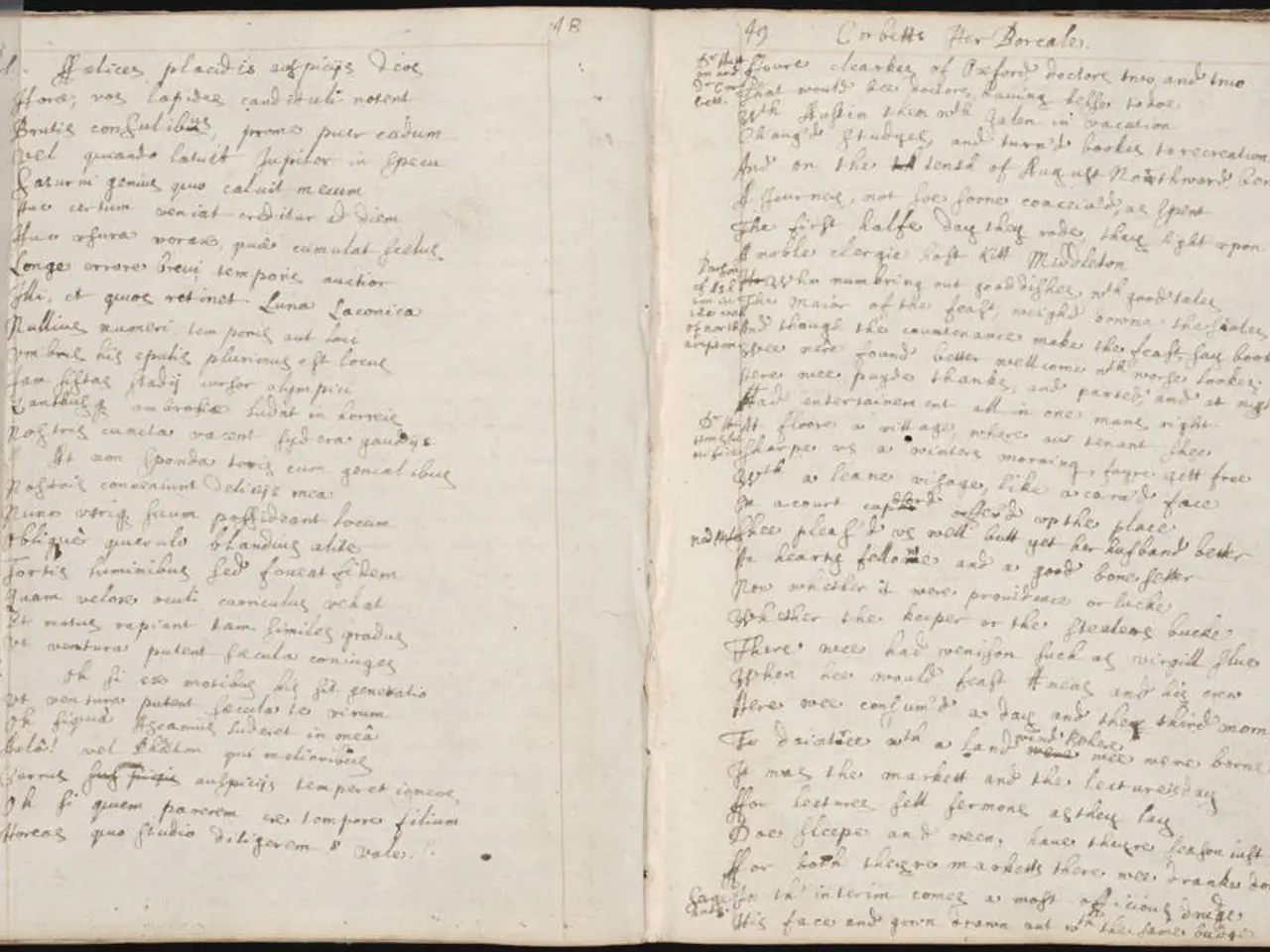Crafting Logical Reasoning in TOK Discourse
In the realm of Theory of Knowledge (TOK), constructing a well-organised and coherent argument is crucial. RevisionDojo, a popular educational resource, offers a wealth of tools and guidance to help students navigate this complex subject.
First and foremost, it's essential to define the Knowledge Question (KQ) clearly. This involves presenting the KQ and defining key terms upfront, ensuring that the KQ corresponds to at least two Areas of Knowledge (AOKs) paired with Ways of Knowing (WOKs) to create depth and coherence.
Once the KQ is established, the essay or presentation should be introduced and organised. A clear introduction states the KQ, provides definitions, and previews which AOKs and WOKs will be analysed.
For each AOK, present a claim supported by a relevant real-life example, explain the example, then offer a counterclaim with a contrasting example. Follow this with an insight or reflection that integrates the claim and counterclaim critically.
Selecting examples that logically align with your claims and counterclaims is key, rather than relying on overly generic or overused situations. It's also important to demonstrate how knowledge is constructed or evaluated differently through various AOKs and WOKs, showing balance and critical perspective.
In the conclusion, include consideration of knowledge limitations, assumptions, ethical or global implications, and multiple perspectives across AOKs. This critical reflection helps deepen insight and ties arguments together.
RevisionDojo's vlog-series and essay templates guide you through every step of building coherent arguments. They offer vlog-style walkthroughs of TOK essay planning and structure, as well as guides on choosing and integrating meaningful real-life contexts, illustrating how to tie reflections into coherent closure in TOK conclusions, and structuring TOK essays.
Moreover, RevisionDojo offers Jojo AI assistance to generate and organise coherent arguments. They also provide visually aligning claims, counterclaims, AOKs/WOKs, and examples through their templates.
To maintain flow between paragraphs, it's recommended to use transition phrases and reference the KQ or claim structure consistently. It's advised to include one claim and one counterclaim per AOK, each supported by distinct real-life examples.
Visiting RevisionDojo can help deepen your coherence further by providing vlog-style explainer videos, Jojo AI for structured planning, and essay templates for clear, balanced TOK arguments. With RevisionDojo's guidance, structuring a TOK argument becomes a more manageable and rewarding task.
RevisionDojo's resources, including vlog-styles walkthroughs and essay templates, aid in the personal-growth aspect of constructing coherent arguments for the TOK by offering guidance on planning, structure, choosing meaningful contexts, and making coherent conclusions. Encouraging learning and self-development, RevisionDojo provides the Jojo AI assistance to generate and organize those arguments, while also offering visually aligning claims, counterclaims, AOKs/WOKs, and examples through their templates.




